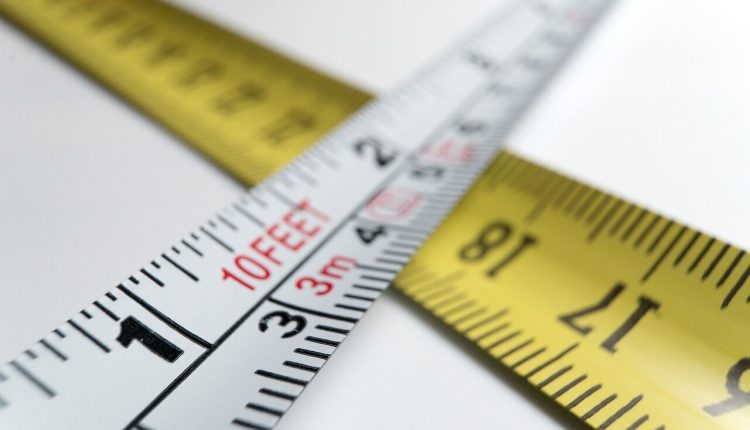The inch (abbreviated as “in” in US customary and imperial systems) is a unit of length representing one-twelfth of a foot. This measurement tool is often employed when measuring clothing sizes or paper dimensions.
Converting millimeters to inches can be invaluable when working with unfamiliar materials. There are various methods for accomplishing this conversion; using a chart or calculator is generally the fastest option.
Measurement
Millimeters (mm) are the smallest unit of measurement in the metric system, constituting one-thousandth of a meter and serving as an effective unit of measure for electronic parts such as display screens.
Inches (in) are the standard unit of length in both imperial and United States customary systems of measurement, defined as one-twelfth of a foot. Historically, inches were initially defined according to their width relative to a grain of barleycorn; later, however, they were standardized at precisely 25.4 millimeters in 1959; there are twelve inches in one foot and 36 in a yard.
Many professionals work with metric and American measurement systems, making conversion between them essential. A calculator or conversion chart is a great way of doing this; there are also other manual approaches for doing calculations manually.
One way of quickly and accurately converting between millimeters and inches is using a ruler – an essential measuring tool available in various sizes – alternatively, you could try a tape measure, caliper, online converters, or calculators that perform this conversion for you. Knowing how to achieve this conversion yourself is vital; doing it yourself could save valuable time!
Conversion
Converting 5 millimeters to inches is a prevalent task many individuals must perform. This process can be completed using either a chart or calculator, depending on personal preference; either way, it is quick and efficient; using a calculator often provides faster results as users can input any number of mm values at once and instantly get results back; especially helpful when dealing with small measurements that require counting and multiplying manually.
Step one in converting millimeters to inches involves converting measurements to decimal form by dividing by 25.4. Next, round off that value to its nearest fractional inch depending on desired precision – although always ensure it remains smaller than one-half an inch.
The metric system, including millimeters, provides more consistent and logical measuring units. Switching from inches to millimeters enables individuals and professionals to work with a universal standard measure unit that facilitates accurate communication and collaboration across industries.
Charts
Many people struggle to understand the relationship between millimeters and inches due to the different measurement systems utilized by both. A visual chart may help provide clarity while being more accessible than a calculator for conversions.
Find the answer quickly using a chart or calculator rather than calculating by hand.
Calculators
To convert 5 millimeters to inches quickly and efficiently, using a calculator is often the simplest solution. A calculator offers faster results than manual division and saves both time and effort in doing it yourself. Various online calculators can assist in this task – enter your values into them before clicking “Calculate.” Results will then appear on the screen in decimal form, scientific notation, or fractional format; each has its distinct benefits.
Millimeters are units of measurement in the metric system that equal 0.001 meters; this is the standard base unit of length in SI systems. Also commonly referred to as millimeters, their spelling varies across countries. Meanwhile, an inch is a measuring unit in both United States Customary and Imperial systems. It equals 2.54 centimeters – commonly used in North America, Europe, and Japan for various applications, including screen sizing purposes.
Converting between inches and millimeters (mm) is essential for many industries, as the metric system offers greater precision and consistency than its American equivalent. Conversion simplifies tasks for professionals in fields like electronics or mechanics; plus it makes collaboration across borders much simpler as most countries understand this system of measurements.

